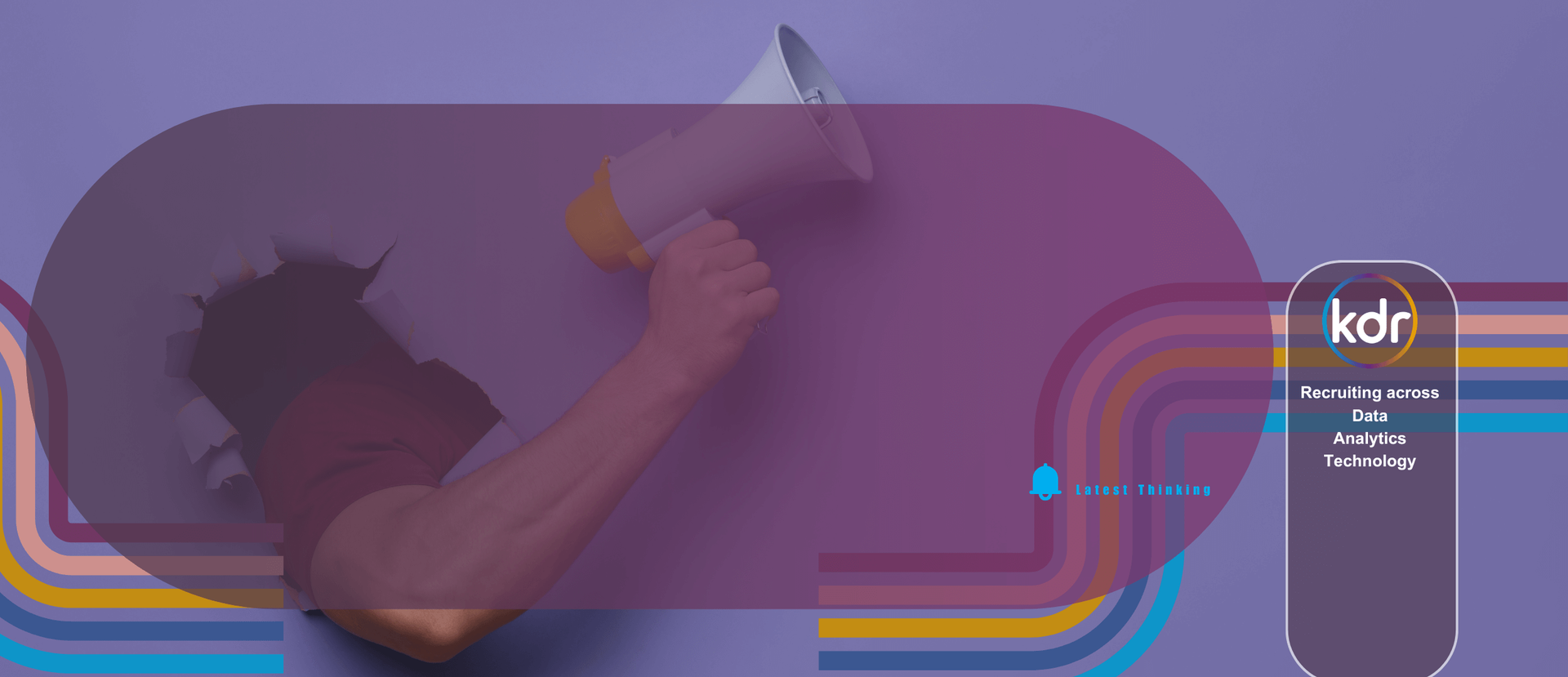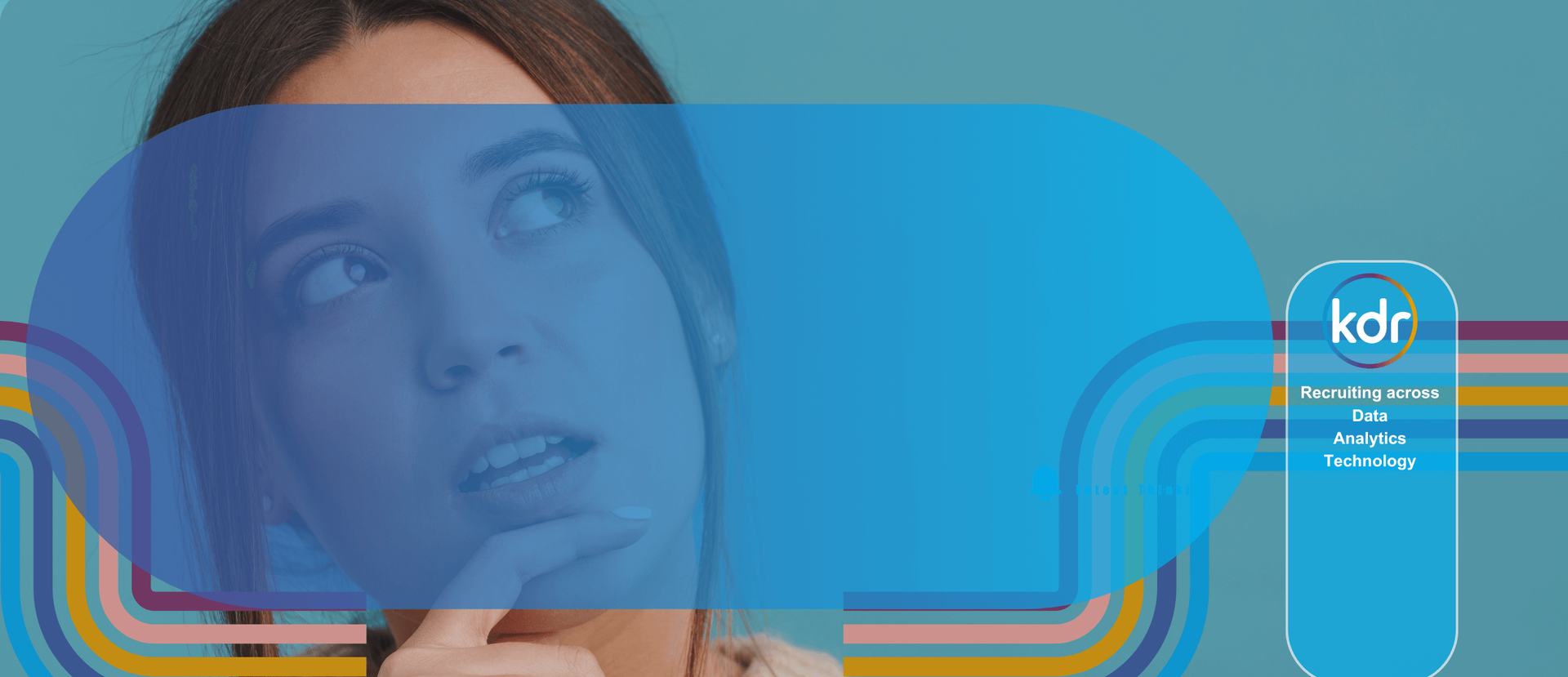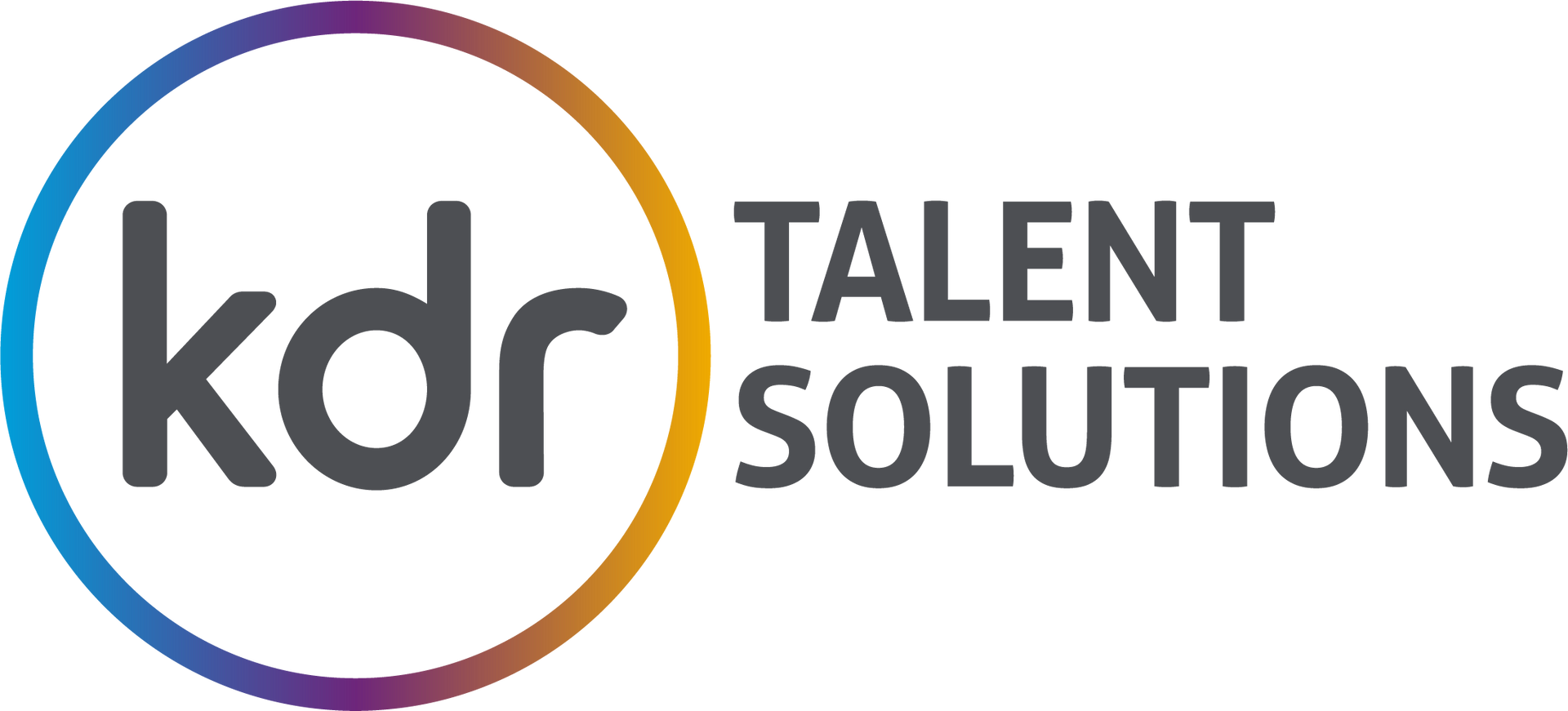Are ED&I Initiatives Losing Ground?
It turns out it’s all in the delivery.

A recent report by Oxford University delved into whether anecdotal comments around ED&I losing ground, support or adoption within British businesses was founded or not. And thankfully it seems that the idea that the country is split into two camps of for and against EDI is not true. 94% of the British public have heard of ED&I and the majority is in favour of it (62%). It turns out it’s all in the delivery, with the majority of British people understanding the need for these initiatives and programmes. This article looks at the very latest thinking on what individuals and businesses need to do to really make an impact in the area of ED&I.
The study uses the “British Seven” to distinguish between cohorts and their typical responses on topics and across all of the seven groups there is agreement that ED&I leads to fairer outcomes for groups. The two groups that had stronger beliefs around ED&I not leading to fairer outcomes were amongst the 2 cohorts of loyal nationals and backbone conservatives. However even within these two groups there was acknowledgement that it helps (42% and 46%).
One of the main issues lies in ED&I training. Whilst each cohort more or less (depending on the group) felt that ED&I training had made a difference to the people that it is meant to help, there was still a percentage that felt it had either made no difference or actually made it worse. The main concerns were around the delivery of the training, where some modules were seen as tick box exercises and not tailored to the organisations’ needs or workforce. These types of training felt like back covering exercises rather than genuine attempts to help the situation and there was a certain level of hostility towards this approach. Many organisations tie this kind of training (along with health and safety, data protection and time management for example) into bonus structures which can feel very performative and non-committal to the end user. Rather than trying to educate and move the dial, people tend to rush through the modules to tick off that it has been completed. The preference is for in person training as it feels a two way process.
The biggest concern across all cohorts is that ED&I can be used as a tool to chastise or shut people down. 7 in 10 Britons feel that people are made to feel stupid for not understanding the latest thinking around ED&I. So if ED&I initiatives are set up so that they are perceived as ways to expose people for not understanding what ED&I is all about then they risk alienating the people they are trying to bring along.
One of the takeaways from the report is that those responsible for ED&I need to keep their initiatives grounded in the reality of the workforce rather than taking it to abstract levels of discussion. On top of this, people engage better when shown lived experiences within their workforce rather than politicised contentious theories based outside of the workplace. The majority of people don’t want their workplace to be politicised. They just want to work in a fair working environment which is extended to all colleagues. Outside pressures make people feel uncomfortable around the subject.
Use of language is really important for ED&I to succeed in the workplace. The evidence suggests that terms such as woke, and culture wars are a complete turn off and not helpful if companies want workforce buy in. The most unhelpful term identified was “white privilege”, where apart from one of the British seven cohort (progressive activists) all felt it was more unhelpful than helpful as a term to explain the advantages that white people can sometimes have over other communities. Interestingly, across all cohorts the age group with the most even split on this term was between 17-24 year olds. Perhaps a level of acceptance of this term and the wrongs surrounding what it is trying to convey is growing finally. One other explanation is that most white Britons take this statement to mean they themselves have had a life without hardship, many of which have of course had a life full of hardship, and feel it dismisses their lived experience, whereas 17-24 year olds have perhaps still been shielded from many of the hardships of adulthood, mortgages, bills, family responsibilities and difficulty in finding a job or job losses for example.
Public perception of how they are perceived based on a series of statement shows they don’t feel that employers treat people equally. Generally the results showed that across all the different cohorts people generally feel that if you are unemployed, from a working class background, have a strong regional accent or are from an ethnic minority group then employers take you less seriously. Whereas if you have gone to private school, live in London, are rich or have a university degree then employers are more likely to take you seriously.
To sum up, in the UK the discussions around ED&I and the role organisations play in it are less polarised than in the USA. Having said that, some debates have been very acrimonious and there is some evidence that the increasingly political and divisive rhetoric around it is serving to mask a broader consensual attitude by the general population.
HR professionals and hiring managers within data and analytics who want to move the dial and make a real impact around ED&I in their teams or the wider business could look at tailoring their approaches. Here’s a strategic guide to reinvigorating your organisation’s EDI initiatives:
Contextualise EDI Activities
Tailor your EDI initiatives to fit the unique needs of your workplace. What works for a global consultancy may not suit a tech startup or an insurance business. Grounding EDI in the everyday roles and responsibilities of your team not only garners more support but also enhances job performance. How to do this? Easier said than done! However let’s think about it…
Start with…
Conducting a thorough assessment of the current workplace culture and diversity. This can include employee surveys, focus groups, and data analysis to understand the existing demographics and the perceptions of inclusion among staff. This helps identify specific areas that need attention and ensures that initiatives are relevant to the company's current state.
Based on the assessment, define clear and measurable goals that are relevant to the business's needs. These goals should address both broad and specific issues identified in the initial assessment. For instance, if a tech company lacks gender diversity in its engineering teams, a goal might be to increase the recruitment and retention of women in those roles.
Align ED&I goals with the overall business objectives. For example, if a company aims to enhance innovation, emphasise how diverse teams are shown to be more creative and produce a wider range of ideas. This alignment helps to get support from all levels of the organisation.
Different departments may face unique challenges and opportunities in terms of diversity and inclusion. Tailor initiatives to these needs. For example, a sales team might benefit from training on cultural competence to better connect with a diverse clientele, while the HR department might focus on bias-free hiring practices. Software engineers may need to understand the role of bias within their code and the eventual outcome.
Define how each role in the company can contribute to ED&I goals. This could mean training team leaders on inclusive leadership practices or integrating diversity and inclusion metrics into performance evaluations. By making ED&I part of the day-to-day responsibilities, employees are more likely to engage with and support these initiatives.
Offer training sessions that are tailored to the needs of the business and its employees. This can range from workshops on unconscious bias to education about different cultures and communities. The training should also equip employees with practical tools and strategies to create an inclusive environment and focus on real-world stories and experiences to humanise EDI.
Encourage an environment where questions are welcomed and honest mistakes in EDI discussions aren’t met with harsh criticism. This creates a safe space for learning and growth, reducing the anxiety around "saying the wrong thing" and promoting genuine understanding.
Recognise and respect the boundary between professional conduct and personal opinions, especially in today's digital age where lines can blur. Clear guidelines about workplace behaviour help maintain a respectful environment without encroaching on personal freedoms.
Emphasise how EDI initiatives remove barriers and create a level playing field, which leads to fairer outcomes and opportunities based on merit. This aligns with the public’s view that EDI should lead to more deserving outcomes.
Avoid exclusive language that creates division. Instead, use language that demonstrates how EDI benefits everyone in the organisation, not just specific groups. This inclusive framing helps minimise resistance and builds a more cohesive team ethos.
EDI should not be championed by only one group within your organisation. Broaden your range of messengers to include diverse voices across ideological spectrums to foster wider acceptance and deeper engagement across all levels of your team.
Be judicious in addressing social issues. Focus your organisation's engagement on matters that directly relate to your sector and your stakeholders' interests. This targeted approach ensures relevance and supports wider public endorsement.
As always, if you need help with your ED&I initiatives, get in touch!








